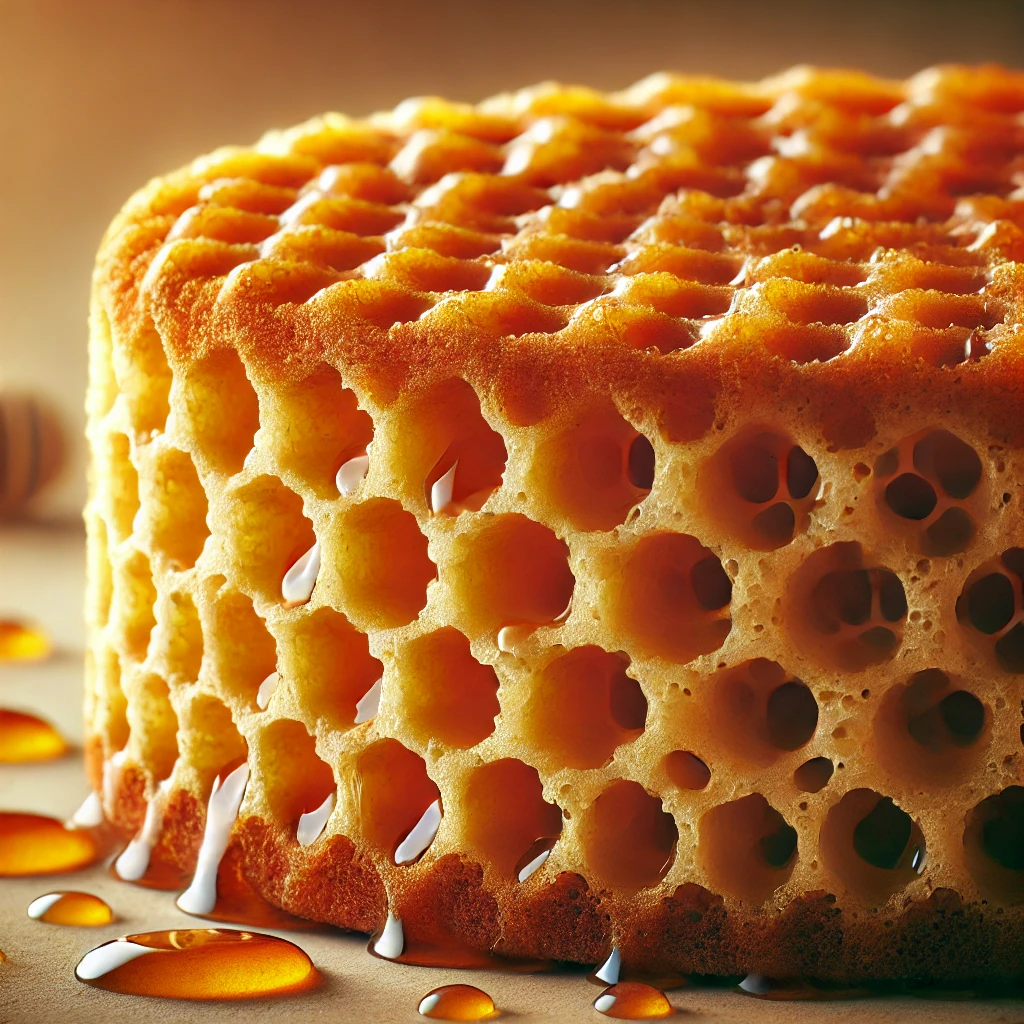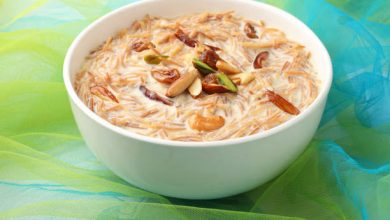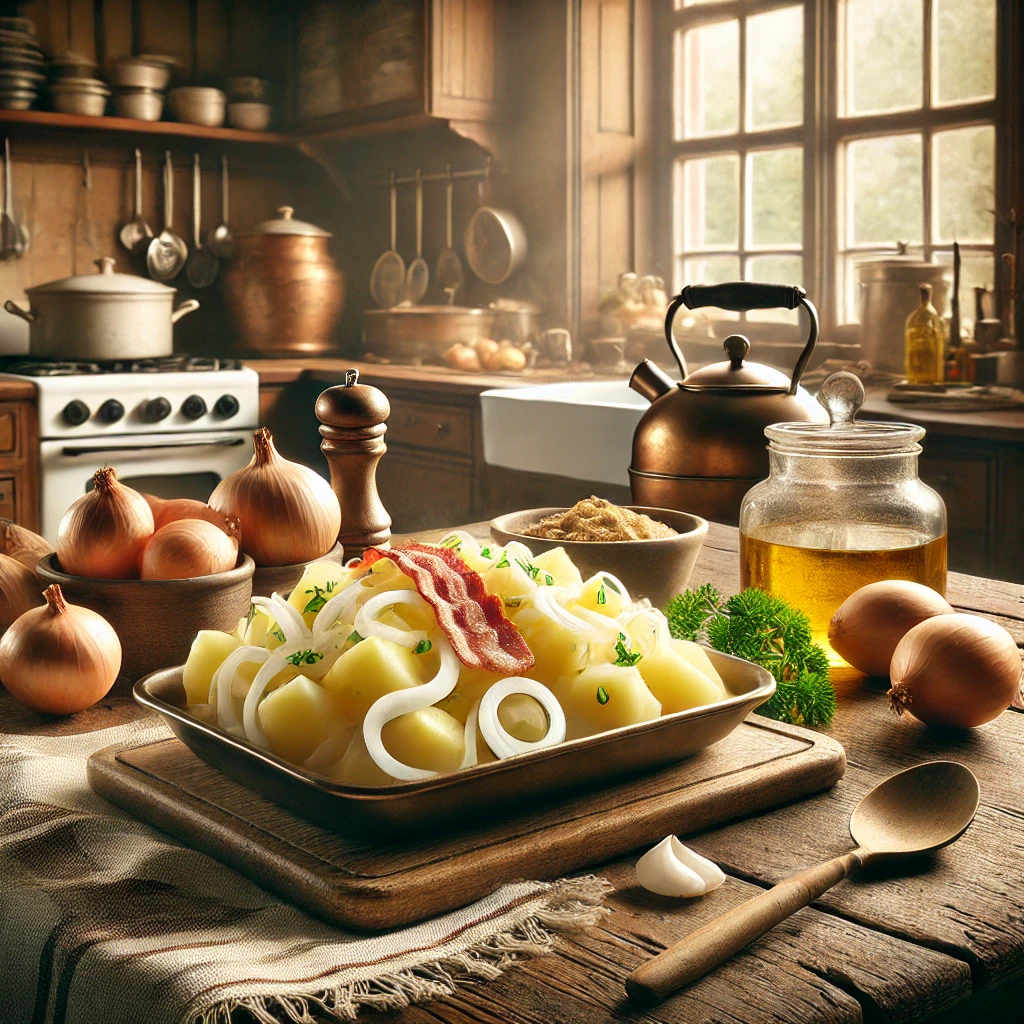
Honey Castella Sponge (Kasutera) Recipe: A Japanese Delight
Castella (known as “Kasutera” in Japanese) is a traditional Japanese sponge cake with Portuguese origins, brought to Japan by traders in the 16th century. This cake is renowned for its light, moist texture and slightly bouncy consistency. Honey adds a subtle sweetness and aroma, making it an irresistible treat. This recipe will guide you through crafting a perfect Honey Castella Sponge in detail.
What Makes Castella Unique?
Unlike Western sponge cakes, Castella is made without oil or butter. The batter’s moisture and elasticity come from honey and eggs, resulting in a delicate crumb and glossy finish. Traditionally baked in a rectangular wooden mold, this cake is now commonly made using standard loaf pans.
Ingredients (Serves 8)
4 large eggs (room temperature)
150g (3/4 cup) granulated sugar
100g (3/4 cup) bread flour (sifted)
2 tbsp honey (plus extra for glazing)
2 tbsp warm milk
1/2 tsp vanilla extract (optional)
Essential Tools
Hand or stand mixer
Loaf pan (8 x 4 inches)
Parchment paper
Large mixing bowl
Fine mesh sieve
Silicone spatula
Cooling rack

Step-by-Step Instructions
- Preparation
Preheat your oven to 160°C (320°F).
Line the loaf pan with parchment paper, ensuring the paper extends slightly over the edges for easy removal.
- Mix the Honey Mixture
In a small bowl, mix the honey with warm milk until dissolved. Set aside.
- Beat the Eggs and Sugar
Crack the eggs into a large mixing bowl. Add sugar.
Place the bowl over a pan of simmering water (bain-marie) and whisk until the sugar dissolves. The mixture should be warm but not hot to the touch.
Remove from heat. Using a hand or stand mixer, beat the mixture at high speed for 5-7 minutes, or until it triples in volume and reaches the “ribbon stage” (when the batter falls in thick ribbons).
- Incorporate the Flour
Sift the bread flour into the egg mixture in three batches.
Fold gently with a spatula, ensuring no lumps. Avoid overmixing to retain the batter’s airiness.
- Add the Honey Mixture
Pour the honey-milk mixture and vanilla extract (if using) into the batter.
Fold gently but thoroughly until fully incorporated.
- Pour and Smooth the Batter
Pour the batter into the prepared pan. Tap the pan lightly on the counter to remove large air bubbles.
Use a spatula to smooth the surface evenly.
- Bake the Cake
Bake in the preheated oven for 50-55 minutes.
Check for doneness by inserting a skewer into the center; it should come out clean.
- Cool and Glaze
Immediately after removing from the oven, brush the top with a thin layer of honey for a glossy finish.
Let the cake cool in the pan for 10 minutes, then lift it out using the parchment paper. Cool completely on a rack.
Tips for Success
- Use Bread Flour: This gives Castella its characteristic chewiness, different from cakes made with all-purpose flour.
- Accurate Folding: Gentle folding ensures the batter retains its airiness, preventing a dense cake.
- Temperature Matters: Eggs at room temperature whip better, creating a more stable foam.
- Bake Evenly: If your oven has hot spots, rotate the pan halfway through for even baking.
Serving Suggestions
Slice the Castella into 1-inch thick pieces using a sharp knife.
Serve with tea or coffee for a delightful snack.
It tastes even better the next day after the flavors meld.
Storing Castella
Wrap the cooled cake tightly in plastic wrap to retain moisture. Store at room temperature for up to 3 days or refrigerate for up to a week. For longer storage, freeze it for up to 3 months.
Variations
- Matcha Castella: Replace 1 tbsp of bread flour with 1 tbsp matcha powder for a green tea flavor.
- Chocolate Castella: Add 2 tbsp cocoa powder for a chocolate twist.
- Lemon Honey Castella: Add 1 tsp lemon zest and use lemon-infused honey.
Cultural Significance of Castella
This cake has deep roots in Japanese culture, often gifted during celebrations or served as a luxurious tea-time treat. Its simple ingredients yet intricate technique symbolize the essence of Japanese cuisine: minimalism and precision.
Troubleshooting Common Issues
Dense Texture: Overmixing or under-whipping the eggs can lead to a dense cake.
Sinking in the Middle: The oven temperature may have been too high, causing the cake to rise rapidly and collapse.
Cracked Top: Minor cracks are normal but can be minimized by baking at a consistent temperature.
Mastering this Honey Castella Sponge recipe ensures you create a traditional Japanese delight, perfect for any occasion. Whether enjoyed fresh or after a day of resting, its subtle honey flavor and springy texture make it unforgettable.





